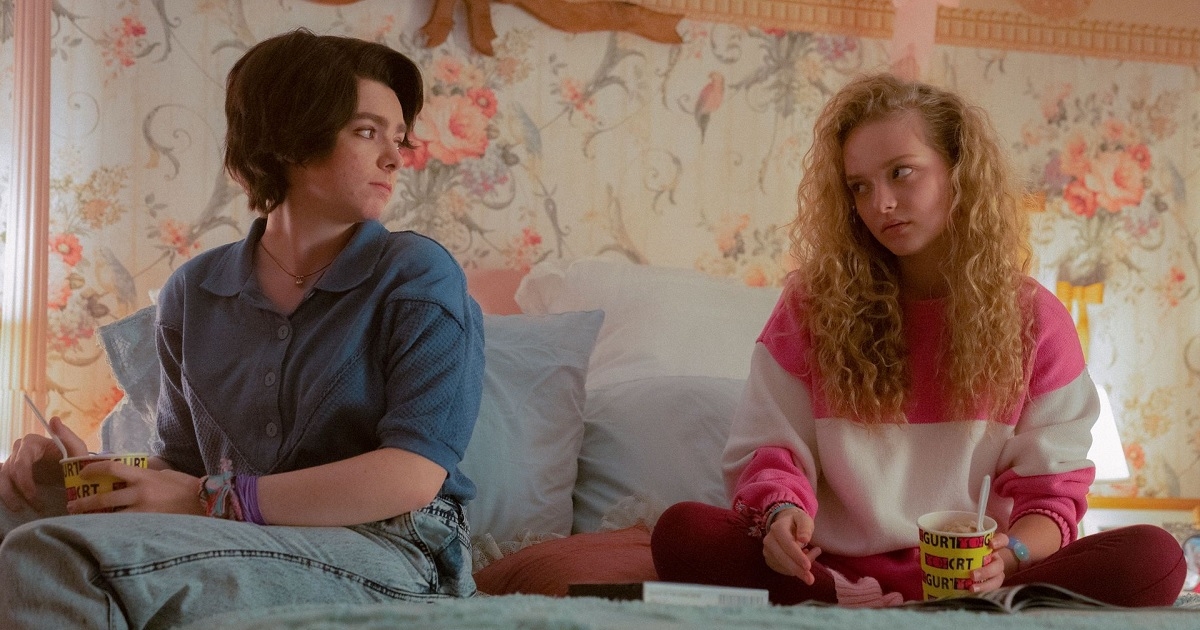PALERMO, Italy — Mario Merz is one of the few artists whose work can fill the 17,000 square foot hangar occupied by ZACentrale, Palermo’s newest center for contemporary art. For its latest exhibition, the Fondazione Merz-run project has paired several massive installations by artist Arte Povera with a host of contemporary works that examine climate change and immigration. The purpose of the exhibition reflects the promise made by ZACentrale when it opened last October: to develop the city as a regional artistic hub while serving Palermo’s distinctive local community.
Palermo is a tourist destination that offers quintessentially Sicilian cuisine and architecture, but it’s also home to a vibrant migrant community and growing arts scene. For decades, Palermo Mayor Leoluca Orlando has worked to rebrand the former mafia hub as a global, multicultural city. The turning point for Palermo came in 2018, when Orlando made the decision to ignore orders from the Italian government to close its ports to rescue boats bringing back stranded migrants. Instead, Orlando granted honorary citizenship to these refugees and opened the city’s social services to them. That same year, Palermo was crowned Italian Capital of Culture and hosted the 12th edition of Manifesta, a major European biennial.
These two events marked a turning point for the city, according to Agata Polizzi, chief curator of the ZACentrale and originally from Sicily. “Manifesta was an opportunity to show the wider art community that Palermo can have a contemporary art scene,” Polizzi said. “We have the right attitude, we have the professionals and we have the artists.” The city decided to capitalize on this energy by building a cultural district on a disused industrial site. Today, Cantieri Culturali alla Zisa is home to more than 20 arts organizations, including ZACentrale.
ZACentrale has followed a familiar path formed by the Guggenheim Bilbao: building a disused industrial area; prominent engagement with the local community; and generate high profile commissions that transform a small town into an artistic hub. Countless cities have attempted to emulate the so-called “Bilbao effect”, with varying degrees of success. Of course, Palermo is not a run-down industrial city – it’s a thriving capital with almost a million inhabitants. But it is also relatively marginal compared to the great Italian art centers like Rome and Venice. Palermo has only two commercial galleries and a small but tight-knit group of practicing artists.
Unlike many other Bilbao clones, ZACentrale has also delivered on its promise of emphasizing community engagement and promoting local artists. Its inaugural exhibition featured a host of local artists alongside art world luminaries like Lawrence Weiner and Alfredo Jaar. Ordo naturalis, ordo artificialis, the centre’s second exhibition, features a similar mix of local and international artists. It also focuses on the themes of climate change and migration, two pressing issues in Palermo.
ZACentrale has also expanded its community engagement efforts, working with local school groups and members of the public to offer tours. Since its opening, ZACentrale has welcomed more than 8,000 people in its space. On a recent Wednesday morning, the center space was occupied by a group of high school students working on an exhibition photography project. In groups of three or four, the students worked together to find angles to capture the Merz sculptures and discussed among themselves a video work by Italian artist Andreco, in which several actors perform a seemingly medieval ritual centered on the rivers in Rome, Palermo and India.
Fondazione Merz goes to great lengths to emphasize that ZACentrale is not an outpost of the foundation’s main headquarters in Turin, but the start of a broader engagement with the Sicilian artistic community. Shortly after the fair opened at ZACentrale, the foundation installed a series of works at the Segesta Architectural Park. In addition to two large neon sculptures by Mario Merz, the foundation installed a glass spiral by Greek artist Costas Varotsos and commissioned a new sculpture and performance by Palermo native Ignazio Mortellaro.
While ZACentrale has managed to leave a significant mark on the city, the project is still very experimental. The center currently has a three-year agreement with the city, which expires in 2024. The city’s mayoral elections are also scheduled for June, and Orlando has reached its term limit. Given that the project and the Arts District where it resides are both Orlando brainchild, ZACentrale’s existence under a new mayor is far from assured. Still, Polizzi and the Fondazione Merz have hope.
“It was very brave of Orlando and Fondazione Merz to take a risk on this project,” Polizzi said. “I hope the next leader will understand the value of this project and pursue it.”
Editor’s Note: Author’s travel and accommodations were provided by Sutton.
Jonah Goldman Kay is a writer and editor currently based in Eastern Europe. You can find him on Instagram and Twitter at @goldmankay



